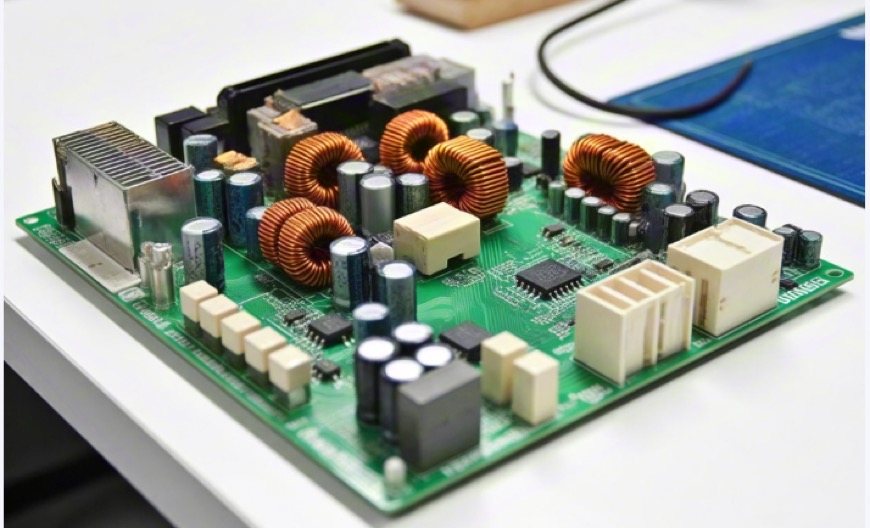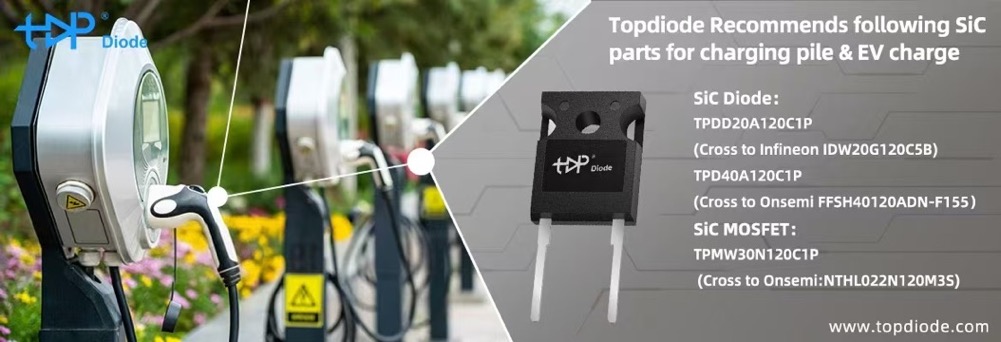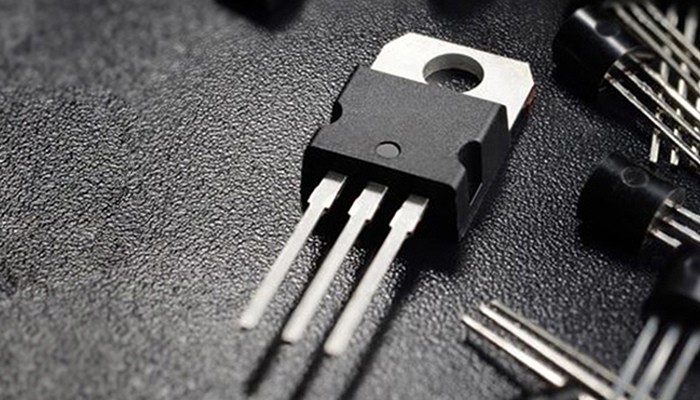Silicon Carbide (SiC) The High-Performance Semiconductor Powering the Future
Silicon carbide, also known as SiC, is a fundamental semiconductor material composed of pure silicon and pure carbon. It can be doped with nitrogen or phosphorus to form an n-type semiconductor, or with beryllium, boron, aluminum, or gallium to form a p-type semiconductor. Although many varieties and purities of SiC exist, semiconductor-grade silicon carbide has only emerged in recent decades.

How is Silicon Carbide (SiC) Produced?
The simplest method of manufacturing SiC involves melting silica sand and carbon (e.g., coal) at extremely high temperatures, up to 2,500°C. The darker, more common form of SiC typically contains iron and carbon impurities, whereas pure SiC crystals are colorless and form when silicon carbide sublimates at 2,700°C. After heating, these crystals deposit onto graphite at lower temperatures through a process called the Lely method.
- Lely Method: In this process, a graphite crucible is heated to extremely high temperatures, usually via induction, to sublimate silicon carbide powder. A cooler graphite rod is suspended in the gaseous mixture, allowing pure SiC to deposit and form crystals.
- Chemical Vapor Deposition (CVD): Alternatively, manufacturers use CVD to grow cubic SiC, a method commonly employed in carbon-based synthetic processes and the semiconductor industry. In this approach, specific chemical gas mixtures enter a vacuum environment and react before depositing onto a substrate.
Both methods of SiC wafer production require significant energy, equipment, and expertise to succeed.
What Are the Applications of Silicon Carbide (SiC)?
Historically, manufacturers used SiC in high-temperature environments for bearings, heating components, automotive brakes, and even sharpening tools. In electronics and semiconductor applications, SiC’s key advantages include:
- High thermal conductivity (120–270 W/mK)
- Low thermal expansion coefficient (4.0×10⁻⁶/°C)
- High maximum current density
These three properties combine to give SiC excellent electrical conductivity, especially compared to its more widely used counterpart, silicon. SiC’s material characteristics make it highly advantageous in high-power applications requiring high current, high temperatures, and superior thermal conductivity.
In recent years, SiC has become a critical player in the semiconductor industry, powering MOSFETs, Schottky diodes, and power modules for high-power, high-efficiency applications. While SiC MOSFETs are more expensive than silicon MOSFETs (which are typically limited to 900V breakdown voltage), SiC can achieve voltage thresholds nearing 10kV.
SiC also exhibits extremely low switching losses, enabling high operating frequencies and unparalleled efficiency—particularly in applications exceeding 600 volts. When implemented correctly, SiC devices can reduce converter and inverter system losses by nearly 50%, shrink size by 300%, and lower overall system costs by 20%. The reduction in system size makes SiC highly useful in weight- and space-sensitive applications.
Where is Silicon Carbide (SiC) Used?
Many manufacturers are boldly adopting SiC in electric vehicles (EVs), EV charging stations, solar energy systems, and HVAC systems. These efficiency-driven systems often involve high voltages and temperatures. There is a global push to adopt SiC over other materials to reduce carbon emissions caused by power inefficiencies at high voltages. While cutting-edge technologies like EVs and solar power are leading the charge in SiC adoption, more traditional industries are expected to follow soon.
Due to the automotive industry’s demand for high quality, reliability, and efficiency, SiC is gaining popularity. Its ability to meet high-voltage requirements makes it particularly valuable. SiC has the potential to increase EV driving range by improving overall system efficiency, especially in inverter systems, while reducing the size and weight of battery management systems.
Goldman Sachs even predicts that using SiC in EVs could reduce manufacturing and ownership costs by nearly $2,000 per vehicle. SiC also optimizes fast-charging processes, which typically operate in the kilovolt range, reducing system losses by 30%, increasing power density by 30%, and cutting component counts by 30%. This efficiency enables fast-charging stations to become smaller, faster, and more cost-effective.
In the solar industry, SiC-enabled inverters play a crucial role in efficiency and cost savings. Using SiC in solar inverters can double or triple the switching frequency compared to standard silicon. This increase reduces the need for magnetic components in circuits, saving significant space and costs. As a result, SiC-based inverter designs are nearly half the size and weight of silicon-based ones. Another factor driving solar manufacturers and engineers toward SiC (over alternatives like gallium nitride) is its robust durability and reliability. SiC’s stability ensures solar systems can operate reliably for over a decade.
Advantages of Silicon Carbide (SiC)
What Advantages Does Silicon Carbide (SiC) Offer as a Third-Generation Semiconductor Material?
(1) High Voltage Resistance:
SiC has a breakdown field strength over 10 times higher than silicon, enabling higher breakdown voltages with lower resistivity and thinner drift layers. At the same voltage rating, SiC power modules exhibit only 1/10th the on-resistance/size of silicon, significantly reducing power losses.
(2) High-Frequency Tolerance:
SiC does not suffer from current tailing, allowing for faster switching speeds—3 to 10 times higher than silicon (Si). This makes it suitable for higher-frequency and faster-switching applications.
(3) High-Temperature Resistance:
SiC has a wide bandgap (~3x Si), high thermal conductivity (~3.3x Si), and a high melting point (2,830°C, ~2x Si’s 1,410°C). These properties minimize current leakage while allowing operation at much higher temperatures.
Different Performance and Structures
Different Crystal Structures, Different Performance: 4H-SiC is the Best
Due to the diverse bonding configurations between carbon and silicon atoms, SiC has over 200 polymorphic crystal structures. Among them:
- 6H-SiC: Stable structure with excellent luminescence properties, ideal for optoelectronic devices.
- 3C-SiC: High electron saturation drift velocity, suitable for high-frequency, high-power devices.
- 4H-SiC: High electron mobility, low on-resistance, and high current density, making it optimal for power electronics.
4H-SiC is currently the best-performing, most commercially mature, and technologically advanced third-generation semiconductor material. It is the ideal choice for manufacturing high-voltage, high-temperature, and radiation-resistant power semiconductor devices.

Topdiode supply SiC Products used in Multiple applications.
Topdiode SiC Diode:
TPDD20A120C1P (Cross to Infineon IDW20G120C5B) ,
TPD40A120C1P (Cross to Onsemi : FFSH40120ADN-F155)
Topdiode SiC MOSFET:
TPMW30N120C1P (Cross to Onsemi: NTHL022N120M3S)
If you want to find more cross reference; please connect with our sales:
luna@topdiode.com



